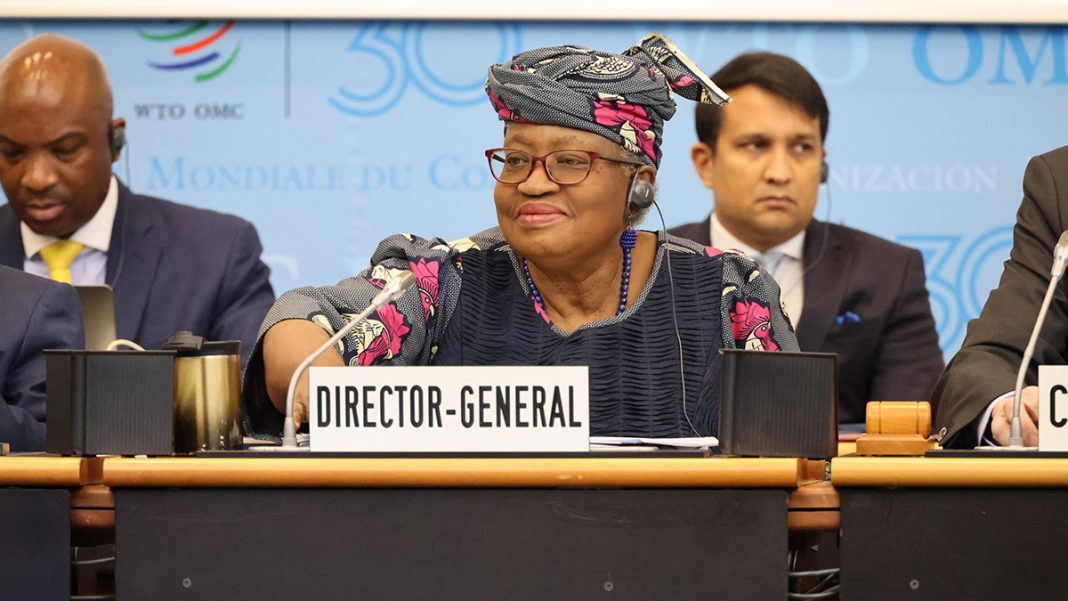The World Trade Organization (WTO) released its latest report on trade measures in the G20 economies, revealing a record-breaking surge in trade covered by new tariffs and other restrictive measures, while also documenting a major increase in efforts to facilitate trade.
The report, covering the period from mid-October 2024 to mid-October 2025, shows that trade covered by new tariffs and import restrictions in G20 economies increased by more than four times compared to the previous period, marking the largest jump since the WTO began monitoring trade measures.
Record Increase: New restrictive measures, primarily tariffs, affected G20 merchandise imports worth USD 2,599 billion (14.3% of their total imports). This is more than four times the USD 599 billion recorded in the preceding period.
Total Affected Trade: When similar measures on exports are included, the total trade affected by new restrictive measures reached approximately USD 2.9 trillion.
Accumulated Stockpile: The total stockpile of measures affecting G20 imports has sharply increased. A year ago, 12.9% of G20 imports were affected; this share has now jumped to 22.0% (or USD 4,015 billion).
Despite the rise in tariffs, G20 economies simultaneously introduced a large number of new measures aimed at making trade easier, reflecting a desire to lower trade costs.
Facilitation Value Doubles: G20 economies introduced 184 trade-facilitating measures on goods, covering trade estimated at USD 2,055 billion. This nearly doubles the value recorded in the previous report (USD 1,070 billion).
Services Trade: In the services sector, G20 economies introduced 52 new measures, with more than two-thirds aimed at facilitating trade, primarily affecting services supplied through commercial presence (Mode 3) and movement of professionals (Mode 4).
Commenting on the findings, WTO Director-General Ngozi Okonjo-Iweala said: “Even as the global trading system endures the most severe disruptions in 80 years, trade is showing considerable resilience as most WTO members continue to trade normally with each other. This latest monitoring report gives us new figures to illustrate the realities on the ground. We see protectionist measures affecting a substantially higher share of world trade. At the same time, we see a lot of trade-facilitating measures, reflecting a desire by members to reduce trade costs even as barriers rise elsewhere. It’s welcome that we see ongoing dialogue instead of escalating retaliation. WTO members should seize this moment to put trade on a firmer footing by reforming and repositioning the WTO.”
Trade Outlook: WTO economists estimate world merchandise trade growth at 2.4 per cent in 2025 and 0.5 per cent in 2026. The stronger-than-expected growth in early 2025 is attributed to import frontloading, strong demand for AI-related products, and sustained trade growth among developing economies.
Trade Remedies: The monthly average of trade remedy investigations initiated by G20 economies decreased slightly to 28.5 (down from 32.5 in 2024), but trade remedy actions remain a key trade policy instrument, accounting for 55.2 per cent of all measures on goods.
Dialogue Prevails: Crucially, the report notes that G20 economies mostly refrained from retaliation, favouring dialogue and seeking negotiated trade solutions, a trend also evident in the sustained use of WTO committees for addressing trade concerns.




